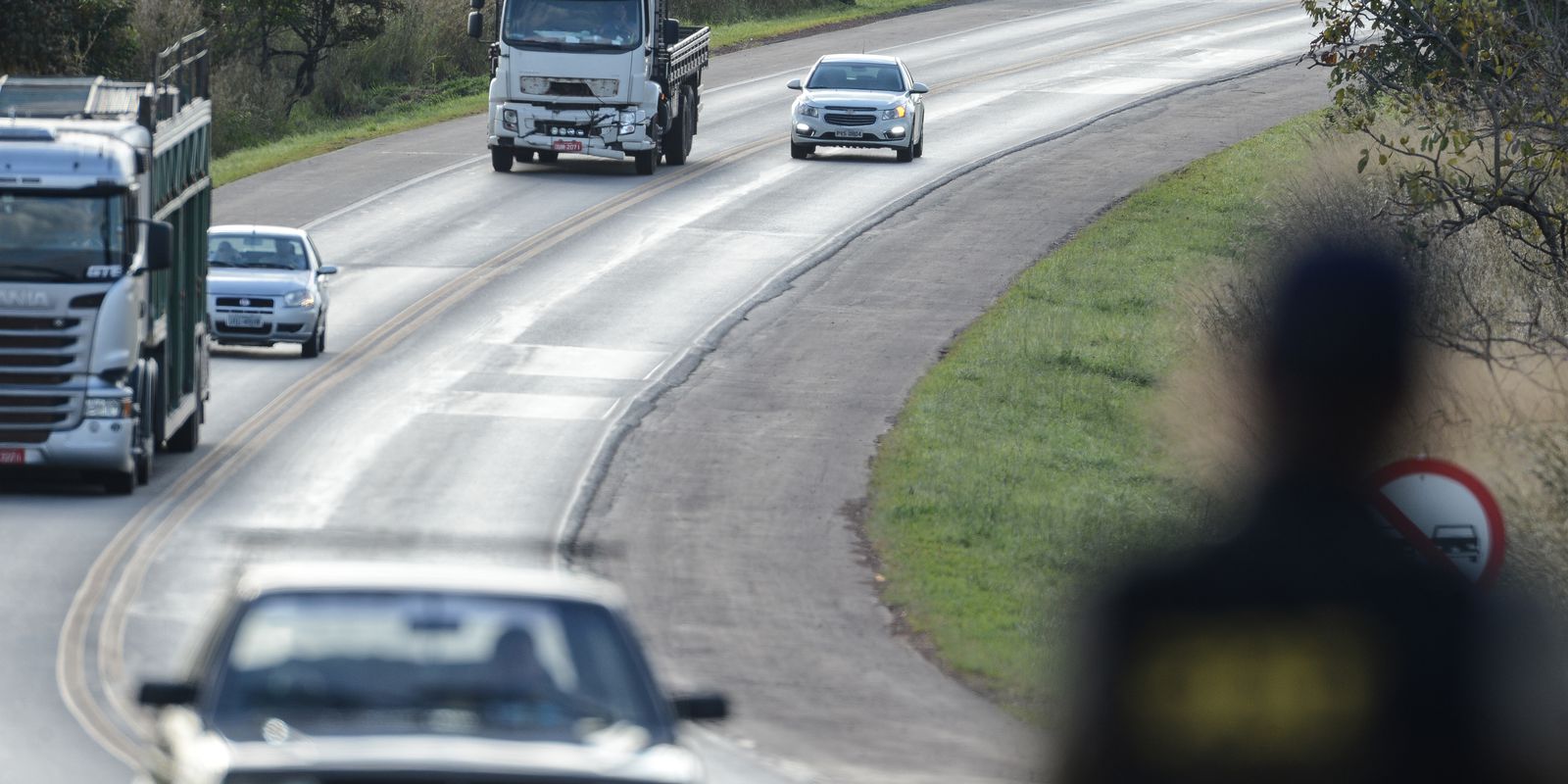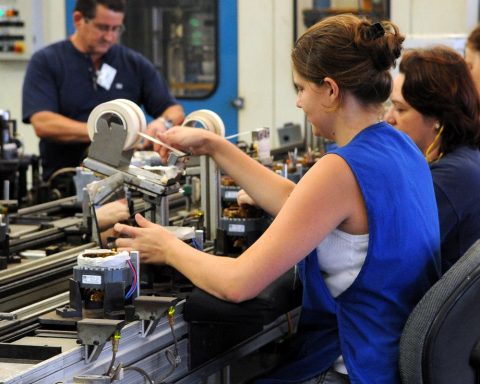To avoid running over wild animals, the stretch of highway BR-040 between Rio de Janeiro and Juiz de Fora (MG) will gain two suspended passages for fauna, built with natural materials and with video surveillance.
The structures will be the first of their kind on the stretch and are added to an existing underground passage on the highway in Minas Gerais, monitored by a camera trap.
According to the Juiz de Fora-Rio de Janeiro Highway Concession Company (Concer), the concessionaire that manages the 180-kilometer stretch, the crossings will be installed in November, at kilometers 86 and 95, on the descent of Serra de Petrópolis. The locations were chosen due to the high incidence of animals in the vicinity of the road.
Among the species found in the region are primates such as the golden lion tamarin, urchins, skunks and small rodents such as the cuíca and the wild mouse.
Data from the Caminhos da Fauna Project, implemented by Concer in 2006, indicate the rescue of approximately 800 wild animals in recent years on this stretch of the BR-040, 36 of which in 2022.
The number of pedestrians being run over totaled 981 in 2019 alone, the latest data available. The rescued animals are sent to accredited veterinary clinics. The carcasses can be destined for research institutes such as the National Museum.
tickets for animals
Fauna passages are mechanisms built on highways to prevent wild animals from being run over. Before installation, it is necessary to study the species found in the region and their habits, in order to verify the most suitable model and locations.
The passages can be inferior, with tunnels under the highways or even taking advantage of bridges with the construction of dry paths on the sides, and superior or suspended, which can be a simple rope crossing the highway, passages with fence and vegetation, wooden bridges and to overpasses with vegetation and trees, not yet implemented in Brazil.
A survey carried out by the National Department of Transport Infrastructure (Dnit) in 2014, in 20 stretches of federal highways, with 5,514.63 kilometers in all regions of the country, recorded 14,445 animals being run over, including mammals, birds, reptiles and amphibians. At the time, the department counted 507 fauna passages already implemented or under study in the monitored stretches.
Dnit reported that it currently monitors 1,472 fauna crossing devices in Brazil.
*Material updated at 2:48 pm to add information about the crossing devices monitored by Dnit.

















